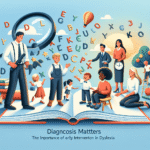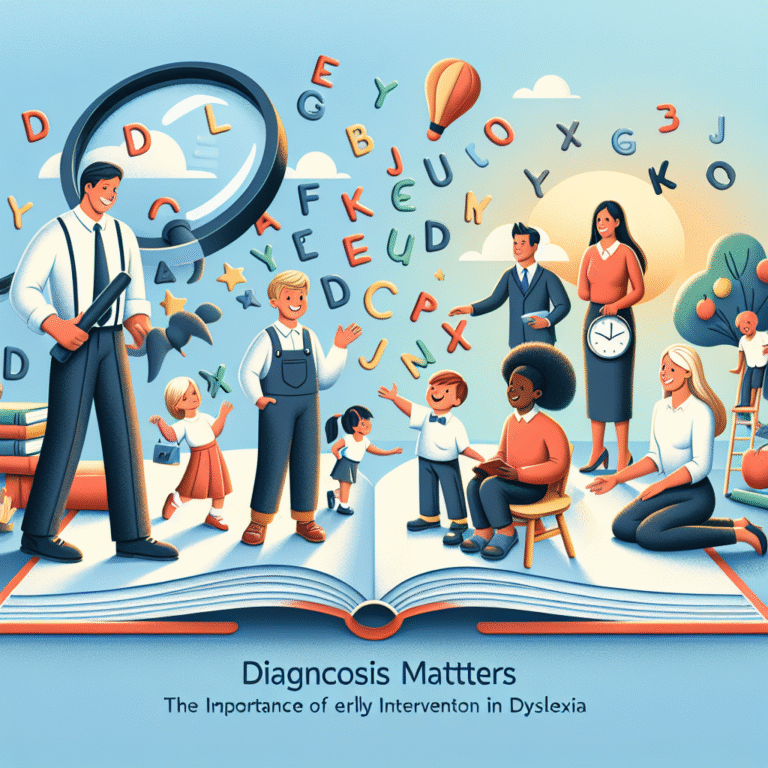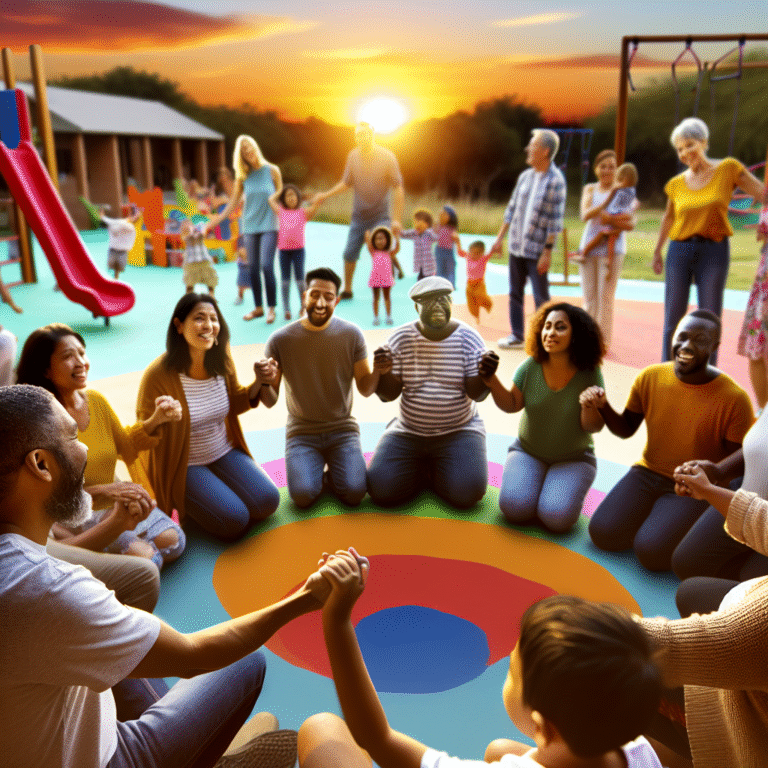
Hashtag Mental Health: Confronting the Reality of Social Media’s Impact on Teens
Introduction
In today’s digitally driven world, the hashtag has become a symbol of connection, advocacy, and sometimes distortions of reality. The phrase "Hashtag Mental Health: Confronting the Reality of Social Media’s Impact on Teens" encapsulates the complex interplay between social media, mental well-being, and the youth seeking solace online. This exploration is not just relevant; it’s essential. The digital landscape shapes thoughts, self-perception, and social interaction—especially for teenagers who are navigating a precarious path to adulthood amid the amplifying pressures online.
Imagine scrolling through your feed and seeing images of influencers living seemingly perfect lives, juxtaposed with disturbing mental health hashtags like #Anxiety, #Depression, or #SelfHarm. What impact does this duality have on a teen’s psyche? Is social media a sanctuary or a battleground for mental well-being? In this article, we will dive deep into the multifaceted effects of social media on adolescent mental health, armed with insights, case studies, and answers that aim to illuminate the conversation.
Understanding the Social Media Landscape
The Double-Edged Sword
Social media platforms like Instagram, Snapchat, and TikTok serve as modern-day community hubs. However, they also harbor a potential for distress. Research indicates that social media can exacerbate feelings of inadequacy and anxiety. Consequently, it is vital to understand its dual nature—a space for connection and community, yet also a breeding ground for mental health challenges.
Table 1: Benefits and Risks of Social Media for Teens
| Benefits | Risks |
|---|---|
| Community support | Cyberbullying |
| Expression of identity | Unrealistic comparisons |
| Access to mental health resources | Increased anxiety and depression |
| Awareness and advocacy | FOMO (Fear of Missing Out) |
The Rise of Hashtag Mental Health
The hashtag movement around mental health has become a significant phenomenon. These tags are not only informative but also create a sense of solidarity among users who experience similar struggles. They can destigmatize mental health issues, fostering an environment where teens feel they can share and be heard. However, there is a fine line between raising awareness and glamorizing suffering.
Case Study 1: Instagram’s Impact on Body Image
A recent study from the University of California revealed that 32% of teenage girls felt worse about their bodies after spending time on Instagram. This statistic captures the relentless pressure on youth to conform to often unattainable beauty standards.
Analysis
While hashtags like #BodyPositivity promote self-love, they exist against a backdrop of filtered images and curated lives. This dissonance can lead to detrimental effects on mental health, illustrating the reality that despite some positive efforts, the impact of social media can often be negative.
The Psychological Impact of Social Media Use
Anxiety and Depression
Numerous studies highlight a correlation between social media use and an increase in anxiety and depression among teenagers. The constant barrage of likes, shares, and comments can lead teens to become addicted to validation, leading to anxiety when that validation is absent.
Chart 1: Increase in Mental Health Issues Among Teens by Platform
| Platform | Anxiety (%) | Depression (%) |
|---|---|---|
| 45 | 38 | |
| 30 | 29 | |
| TikTok | 38 | 25 |
| Snapchat | 40 | 35 |
The Role of FOMO
Fear of Missing Out (FOMO) is another psychological side effect of social media. Teens may find themselves depressed because they perceive that their peers are engaging in exciting activities without them.
Case Study 2: The FOMO Effect
A survey by the Pew Research Center found that 56% of teens feel pressured to prepare for their future as dictated by their online interactions. Teens who experience FOMO often report higher levels of dissatisfaction and mental health issues.
Analysis
This case highlights the compulsive need to stay connected, which can lead to a Cycle of Comparison, affecting self-worth negatively. The idea of constantly being “in the know” can trigger existential anxieties and self-doubt—a potent combination for youth struggling with self-image.
Social Media and Support Networks
Positive Aspects of Online Communities
While social media can exacerbate mental health challenges, it can also serve as a critical support tool. Online forums, chat rooms, and groups dedicated to mental health allow teenagers to connect with others who understand their struggles. Here lies a profound shift in how support is accessed—no longer confined to physical spaces.
Case Study 3: Online Support Communities
Mental Health America launched a campaign utilizing hashtags such as #TalkAboutIt, which saw significant interaction from teens seeking advice and connection. This initiative led to an increase in teens seeking professional help—nearly 40% reported feeling more comfortable discussing mental health online.
Analysis
This illustrates the dual nature of online spaces; they can function as platforms for both stigmatization and support. The conversation around mental health has become more fluid and accessible, empowering teens to address their issues openly.
Balancing Social Media Use
Setting Boundaries
To mitigate the negative impacts of social media, establishing healthy boundaries is essential. Parents and guardians play a crucial role in guiding teens through their digital experiences. Here are actionable steps to foster a healthier relationship with social media:
- Limit Screen Time: Setting specific time limits can reduce exposure to negative content and help maintain a healthier mindset.
- Curate Feeds: Encourage teens to follow accounts that inspire positivity and self-acceptance rather than those that promote unrealistic standards.
- Open Dialogue: Maintain an open line of communication about what teens encounter online.
Conclusion
In a world dominated by hashtags, understanding the complexities surrounding mental health and social media is more vital than ever. While platforms can serve as spaces for connection, they also run the risk of deepening feelings of isolation and inadequacy. Engaging with the topic of "Hashtag Mental Health: Confronting the Reality of Social Media’s Impact on Teens" invites us to look critically at how we consume content online and supports a call for a more empathetic understanding of mental health.
Key Takeaways
- Recognize the duality of social media—its potential to unite and divide.
- Foster positive online spaces, curating feeds to align with uplifting messages.
- Promote open dialogues about mental health to destigmatize experiences and encourage help-seeking behaviors.
FAQs
1. How can social media positively affect teens’ mental health?
Social media can foster connections among teens, providing support networks that may not be available in their physical environments. Initiatives like mental health hashtags promote awareness and open discussions, reducing stigma.
2. What are some red flags that a teen may be struggling with their mental health because of social media?
Signs may include withdrawal from offline activities, constant compulsive checking of social media, visible mood changes, or a significant decrease in self-esteem correlated with online interactions.
3. How can a parent monitor their teen’s social media use effectively?
Open dialogue is key. Regular discussions about online experiences can help parents understand their teen’s interactions. Tools for monitoring usage and setting boundaries can ensure a healthier relationship with social media.
4. Are there specific social media platforms that are better or worse for teens’ mental health?
While the impact varies, research generally indicates that visually-focused platforms like Instagram can exacerbate body image issues, while supportive forums and communities can provide positive spaces for sharing experiences.
5. What steps can be taken if a teen is facing a mental health crisis triggered by social media?
Immediate professional help is crucial. Encourage the teen to speak to a counselor or mental health professional. Reducing screen time and creating a supportive, understanding environment at home can also aid recovery.
In exploring "Hashtag Mental Health: Confronting the Reality of Social Media’s Impact on Teens," we find that while challenges abound, solutions lie in awareness, communication, and community—tools powerful enough to reshape our future.










